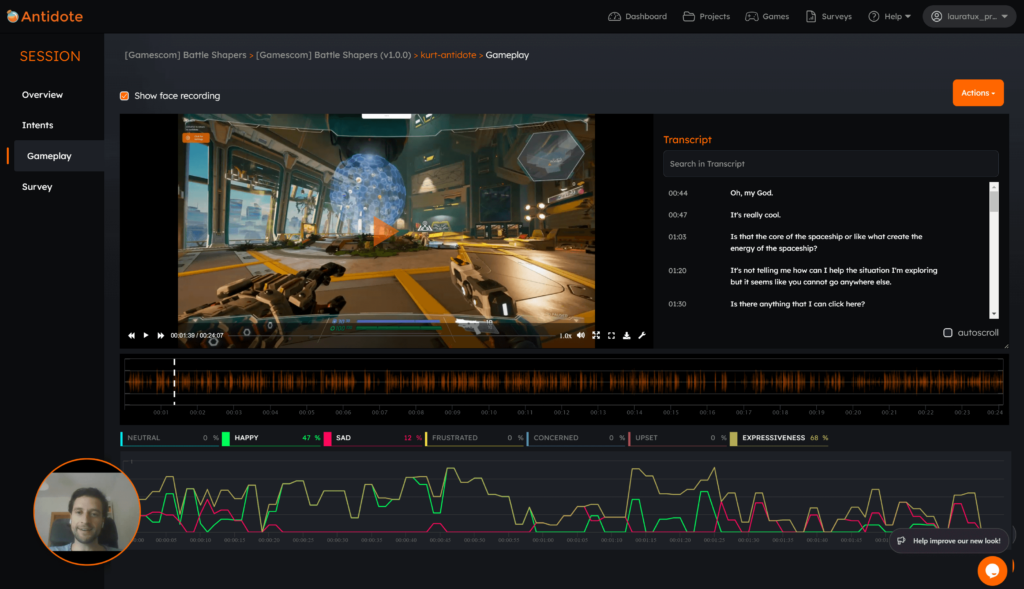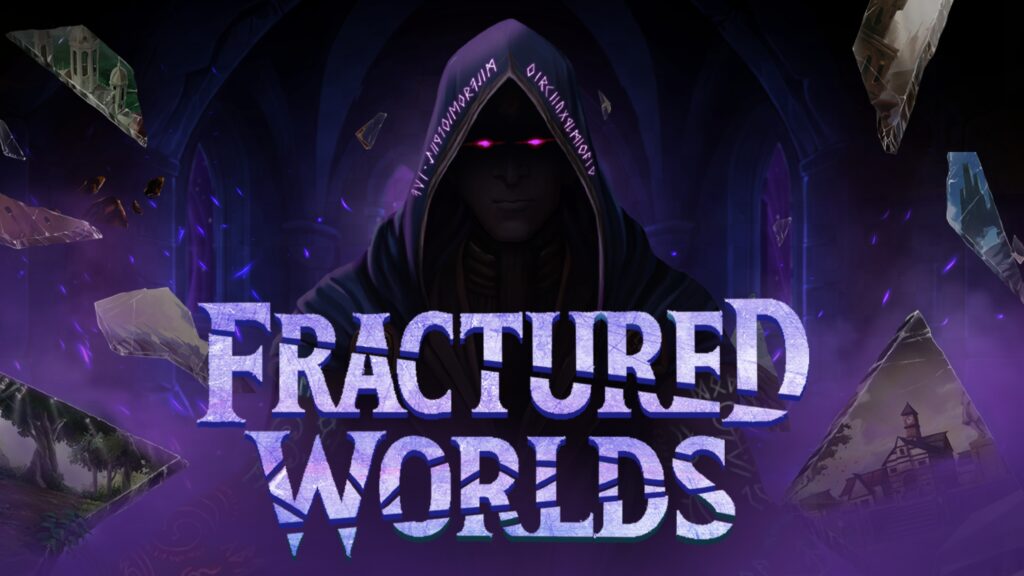Getting funding for your game is tough right now. Publishers and investors are more selective than ever and the competition is fierce.
I spend a lot of time talking to game publishers and I’ve noticed some clear patterns in what makes studios stand out. While there’s no magic formula that guarantees funding, I’ve seen three things consistently improve a studio’s chances.
Here’s what I’ve learned from those conversations:
Build Your Community From Day Zero
In my conversations with publishers (incl. some heavy hitters), one thing keeps coming up as a key requirement they’re looking for.
They want to know “How big is your community?” and “What do they say about your game?”
And they want specifics, not generic ‘sentiment analysis’. Specifics like:
- How many people are following your development?
- What’s the sentiment around your game?
- Are people actually excited about what you’re building?
This catches many studios off guard. Building an audience used to be something you’d focus on during marketing ramp-up, maybe six months before launch. Now it’s one of the first things publishers ask about, sometimes before they’ve even seen your game.
The reason is that engaged communities signal market validation before you’ve spent serious money on development. It shows publishers that real people, spending their own time, care enough about your concept to follow along. That’s powerful evidence in a market where most games fail to find an audience.
Think about it from a publisher’s perspective. They’re choosing between dozens of pitches. Two studios have similar prototypes, teams and budgets. But one studio has 500 people actively discussing their game in Discord, sharing feedback and spreading the word organically. The other has nothing. Which one feels like a safer bet?
However, I know a lot of teams are unsure how to start, so here is my advice on what you can do in the beginning:
- Start with a handful of people
Forget about hitting some arbitrary follower count right away. Find five to ten people who genuinely care about the type of game you’re making. These early supporters are worth more than a thousand passive followers.
- Give them a space to gather
Set up a Discord server, a subreddit or whatever platform makes sense for your audience. The key is creating somewhere they can talk to you and to each other. Share development updates, post screenshots of what you’re working on, let them see the messy middle of game development.
- Make them part of the process.
This is where most studios miss the opportunity. Don’t just broadcast to your community. Bring them into playtests. Ask for their input on design decisions. When they see their feedback actually shaping the game, something shifts. They stop being observers and become invested participants. Those people become your most passionate advocates.
You can use a dedicated playtesting platform (like Antidote) to make the entire research process much easier!
When you walk into a publisher meeting and can demonstrate that players are already engaged with your vision, you’re not just pitching an idea anymore.
You’re showing proof of concept.
Show Smart Risk Management Through Testing
Contrary to common belief, publishers want to know about your failures.
Specifically, they ask about canceled projects. How many prototypes have you pivoted/discontinued? What ideas did you start and then abandon? If your answer is “none”, some publishers see that as concerning rather than impressive.
The logic makes sense once you understand their perspective. Game development is inherently risky. Ideas that seem brilliant on paper fall apart in practice. Mechanics that work in your head don’t translate to engaging gameplay.
If you’ve never cancelled a project, it suggests you might lack the judgment to recognize when something isn’t working or worse, that you’re too attached to ideas to make tough calls.
What publishers really want to see is evidence of smart decision-making. They want studios that can recognize problems early, pivot when needed and aren’t afraid to cut their losses on concepts that aren’t panning out.
This is where systematic playtesting becomes a strategic asset you can point to in funding conversations.
I’ve seen this play out recently with a studio we worked with. They had three different prototype directions they were considering. Instead of picking one based on gut feeling or internal debate, they brought all three to the Antidote platform and did early playtests with their target audience. The data came back clearly showing which direction resonated most strongly with players.
When they sat down with publishers, they walked through the entire decision-making process. They showed the other concepts they’d tested, explained why the data pointed them toward their final choice and demonstrated that they’d made an evidence-based decision rather than an emotional one.
That kind of method is rare. Most studios pitch based on intuition and passion, which is important, but publishers see that every day. Showing that you’re making calculated bets based on player response separates you from the crowd, de-risking the development process.
Come Prepared With Real Player Insights
I’ve watched a single player comment change the entire energy of a funding meeting.
Abstract data has its place. Charts showing engagement metrics or retention curves provide useful context. But in high-stakes pitches, what moves the needle is concrete proof that players connect with your game in the way you’re claiming they do.
This is where most studios fall short. They come prepared with feature lists, market analysis and revenue projections. All important, sure, but they’re missing the most compelling evidence they could bring:
Player reactions and feedback.
The successful pitches I’ve seen do something different. They bring recordings, they share specific player quotes and they show decision-makers exactly what happened when a player target audience experienced a key moment in the game.
Instead of presenting a bullet point that says “intuitive combat system”, they play a 30-second clip of a player immediately understanding the core loop without any tutorial prompts. Instead of claiming “strong emotional resonance”, they share a player’s unprompted comment about how a story beat affected them.
This level of preparation is surprisingly uncommon, which is why it stands out.
The other advantage of bringing concrete player insights is that it shifts the conversation. Instead of publishers questioning your claims, they start asking questions about what you learned and how you’re applying those insights. You’ve moved from defending your game to discussing your process, which is a much stronger position to pitch from.
What matters is that you can articulate what you discovered, show the evidence and explain how it informed your decisions. That demonstrates a depth of player understanding that most pitches completely lack.
The Reality Check
Look, I need to be straight with you about something.
None of this guarantees you’ll secure funding. The market is very difficult right now and I’ve seen exceptional studios with strong communities, solid testing data and compelling evidence still struggle to close deals.
These observations come from my specific experiences in publisher conversations and the patterns I’ve noticed when studios succeed. They’re not universal rules and they’re certainly not magic bullets. Every publisher has different priorities, every game presents unique challenges, and sometimes timing is simply working against you no matter how prepared you are.
What I can tell you with confidence is that studios incorporating these three elements consistently have more productive conversations with publishers. They’re taken more seriously. Their pitches generate more follow-up interest. They differentiate themselves in a space where hundreds of studios are competing for limited funding pools.
You might not be able to control the funding landscape or publisher priorities, but you can control how you position your studio.
- Start building that community now, even if it’s small.
- Begin testing your assumptions with real players, even if it’s just informal sessions.
- Start gathering evidence that supports your vision.
Each of these steps makes your pitch stronger and shows publishers you’re thinking strategically about de-risking their potential investment.
In a market this competitive, that might be what tips the scales in your favor 😊



